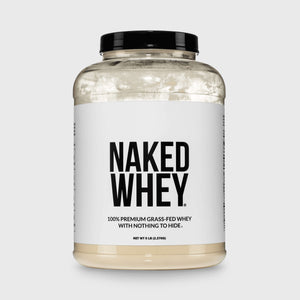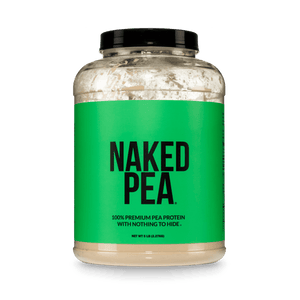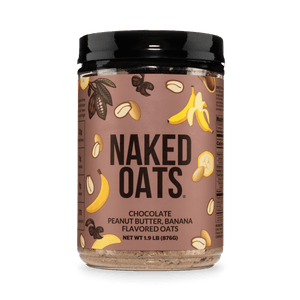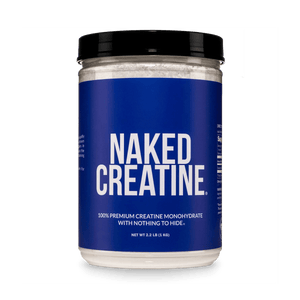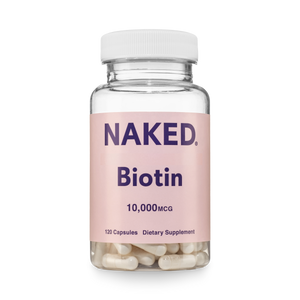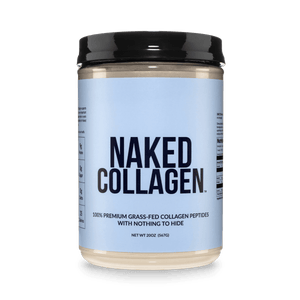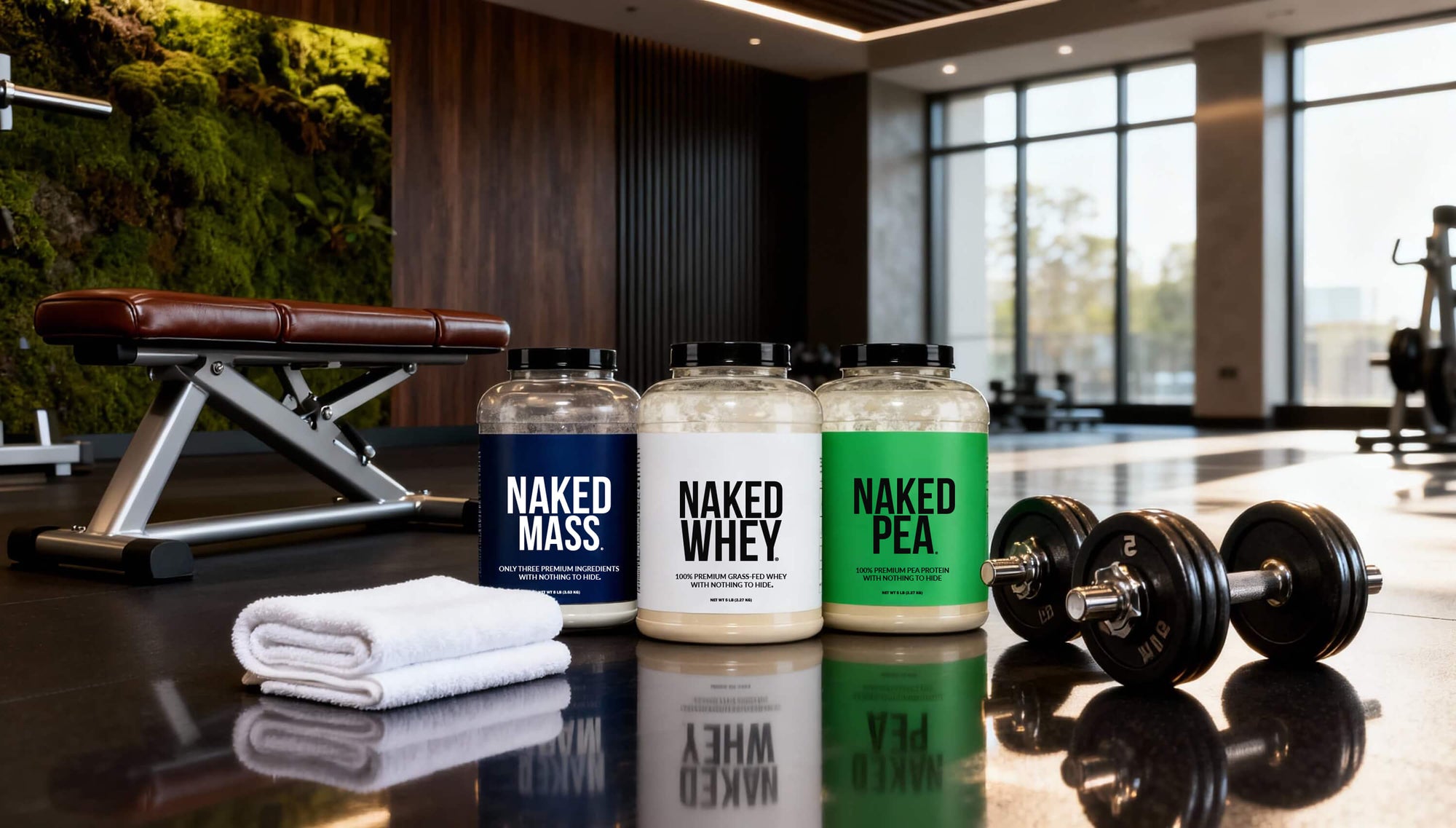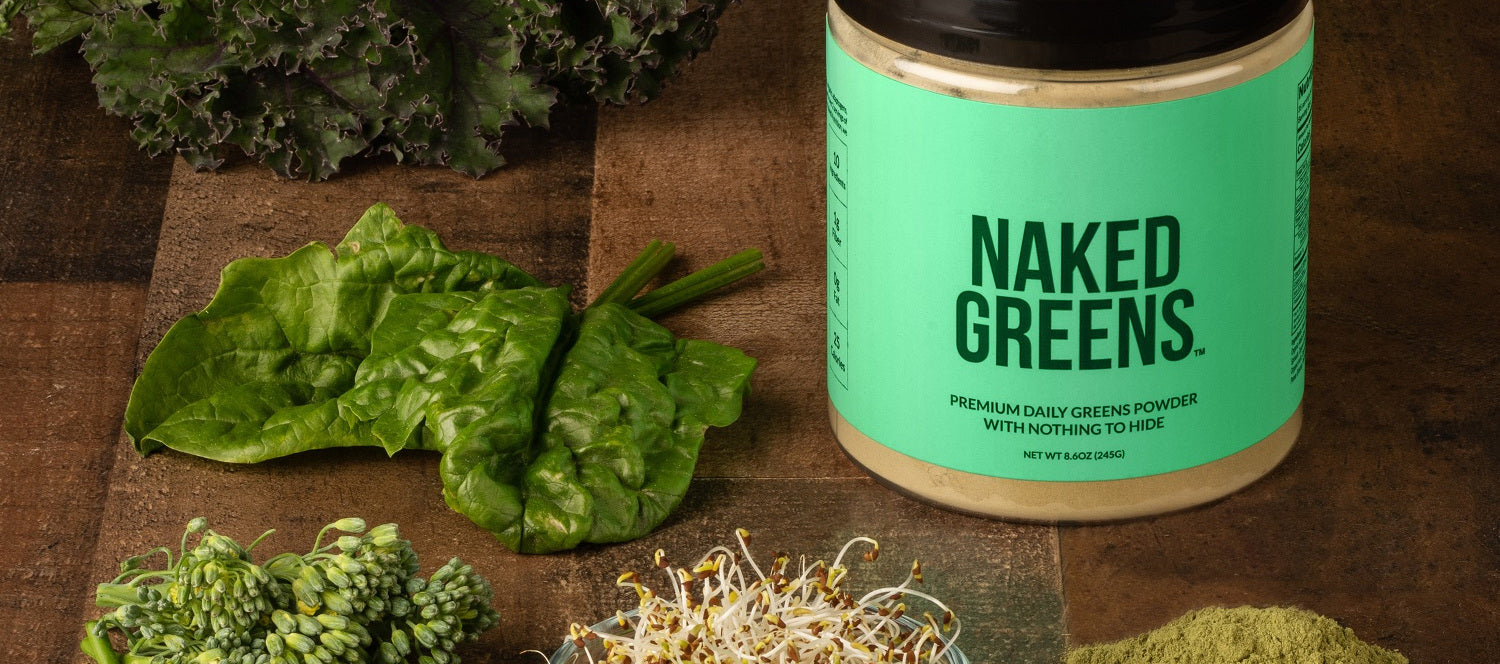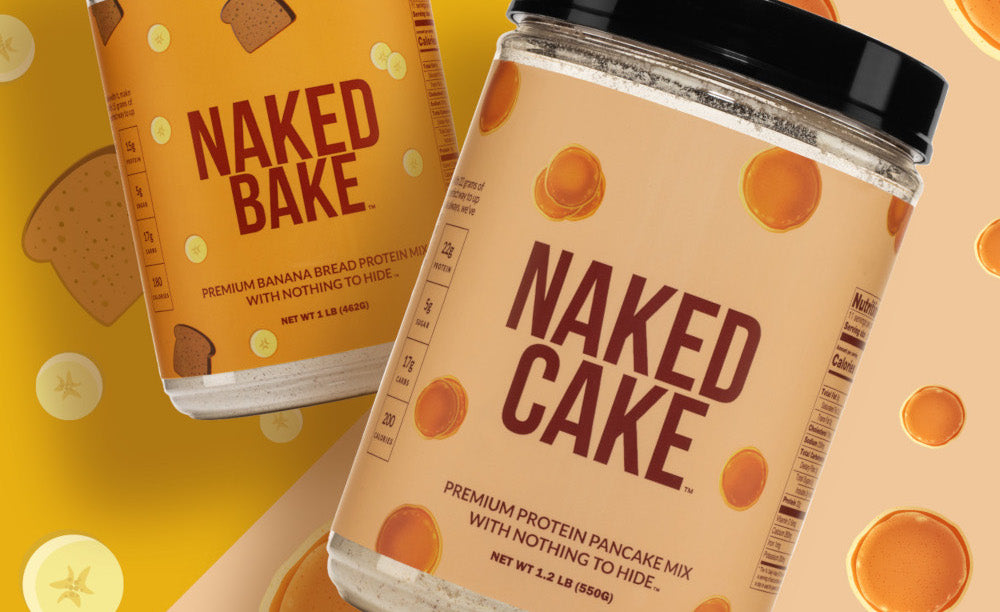Creatine is one of the most popular supplements among the fitness and sports nutrition communities. Creatine is perhaps the most well-researched supplement on the market and has proven to help increase muscle mass and improve strength.
This article will explain dosing strategies and will help you navigate the world of creatine supplementation to help optimize your results.
What Is Creatine Monohydrate?

Creatine monohydrate is the most commonly found form of creatine. When someone is going to take creatine, it's likely that they are actually taking creatine monohydrate.
Creatine is synthesized from three amino acids: arginine, glycine, and methionine.
Creatine monohydrate is a naturally occurring compound that is found in many foods like meat and fish. It's also the most common and most effective supplemental form of creatine as well and has been shown to increase muscle growth.
When people take creatine, the compound concentrates in muscle cells and increases muscle creatine levels. Creatine in muscles is utilized during intense exercise to increase power, strength, and performance.
What is Creatine Phosphate?

Creatine phosphate is another form of creatine that is mostly found within muscle cells. This form of creatine replenishes ATP (adenosine triphosphate) stores in the muscles.
Creatine supplementation in the form of creatine monohydrate can increase overall creatine stores in the body, which is then converted into creatine phosphate and stored in muscles.
Supplementing with creatine has been shown to increase muscle creatine levels by 20-40%, which allows the muscles to be at their peak for high intensity exercise.
How Much Creatine Should a Beginner Take?

Regardless of whether or not you've just started your fitness journey, or you have been working on your fitness and sports nutrition for years, creatine supplementation can be quite beneficial.
People who take creatine have two options when they start taking it: the loading phase and the maintenance phase.
The first option to take creatine includes taking a high dose of creatine monohydrate for a short period of time to help saturate their muscles quickly. Typically, people consume 20 grams of creatine per day for 5-7 days.
After the first week, it's advised to take a daily creatine maintenance dose of 3-5 grams.
Research suggests that creatine loading may be the quickest and most efficient way to reap the benefits.
The other option is the maintenance phase, in which it's recommended to simply start at a low dose of 3-5 grams of creatine monohydrate daily. While this method will take longer to saturate your muscles with creatine, it tends to be more gentle on the digestive system.
Regardless of which creatine method you choose, you will ultimately have the same results of increased muscle mass and improved physical performance.
Who Should Do a Creatine Loading Phase?

Creatine supplementation is not one-size-fits all. Some users may benefit if they take creatine at a low maintenance dose on a daily basis, while others may choose to take creatine by starting with a higher initial dose to quickly saturate their muscles.
Athletes who are eager to see results quickly may benefit from doing creatine loading. They'll be able to quickly see increases in muscle mass and strength, as creatine stores will be more rapidly saturated. Creatine loading can be helpful if you are training for a competition or athletic event and want to see muscle growth more quickly.
If you are an experienced creatine user and know how your body reacts to it, it might be preferable to start with a higher initial dose of your creatine supplement.
Who Should Opt for Maintenance Creatine Dose?
The maintenance creatine dose of 3-5 grams is great for beginners who are new to creatine. It is definitely more gentle on the stomach and easier for those who have sensitive digestive systems.
If you're not in any immediate rush to increase strength and muscle mass, it's best to start taking creatine at the maintenance dose amount.
Loading vs Maintenance: Which is Better for Muscle Growth

When people start taking creatine, many commonly wonder how much of the creatine supplement they should start with.
Both the loading and maintenance doses of creatine supplementation are beneficial for muscle growth. The main difference has to do with the speed at which you see results.
Taking creatine at a high dose in the beginning yields quicker results since the muscles are more rapidly saturated with creatine. You may begin to notice results within a week of starting the loading period.
The maintenance phase typically takes 3-4 days to start seeing results. There is a reduced risk for side effects such as digestive upset or bloating when taking a maintenance dose.
Choosing between the loading or maintenance dose comes down to personal preference and how urgent it is to start seeing results.
Regardless of which dose you choose to start with, both options ultimately yield similar results.
How Long Does it Take for Creatine to Work

Creatine works in the body relatively quickly. The time it takes to see results depends on the dosing method you choose.
With a loading phase dose, people can expect to see changes in muscle strength, endurance, and overall performance within the first week. This rapid change is a direct result of the muscles becoming quickly saturated with creatine.
Alternatively, the maintenance phase requires a bit of patience. It takes most people about 2-4 weeks to start seeing results. It takes longer to see results since creatine stores are slowly being built up in the muscles.
Should Women Take Creatine?
Women should absolutely take creatine. It's appropriate and recommended that women take creatine.
Taking creatine is helpful for women to increase strength, endurance, and can help them improve overall athletic performance. Creatine is also helpful for muscle recovery after a tough workout.
There are no dosing differences for creatine between men and women, and women should follow the same dosing recommendations.
Studies suggest that premenopausal women who take creatine experience a particular increase in strength and overall exercise performance.
Taking creatine supplements can even boost brain health among women and as well. Scientific evidence suggests that women who take creatine notice that they have more energy on a regular basis.
How to Take Creatine for Beginners?

Here are a few simple and effective tips for beginners to take creatine on a daily basis:
-
Mix creatine into a smoothie: Blend with fruit, milk or water, and protein powder.
-
Mix creatine into a protein shake: Shake with protein powder, along with milk or water.
-
Mix creatine with water: Creatine mixes perfectly well with just water.
-
Consume creatine with carbohydrates and protein: Always ensure to have carbohydrates and protein with creatine to enhance its absorption and improve effectiveness.
Can I Take 20g of Creatine at Once?
When supplementing with creatine, it's not recommended for people to take a high dose like 20 grams of creatine at once.
A dose of creatine this high at one time can lead to stomach cramping, bloating, and diarrhea. If you're starting a loading period it's recommended to split your 20 grams into four 5-gram doses throughout the day to minimize side effects.
Some people are fine with taking 20 grams of creatine at once, however, this will depend on individual tolerance.
However, there is typically no need to take creatine at a dose this high, as you can be just as effective with your creatine supplementation by taking a lower dose.
Will Creatine Make You Gain Weight?

Creatine does not cause increases in fat mass. Shifts in weight are most often a result of fluid shifts. Water retention within the muscles is a side effect of creatine supplementation.
Weight changes may occur when you start increasing muscle mass. Muscle weighs more than fat, and therefore when people have more muscle, their weight may change.
So while creatine can cause weight gain due to muscle mass and water shifts, it does not in fact cause fat gain.
When taking creatine supplements, it's important to regularly engage in high intensity exercise and resistance training in order for the creatine to be most effective. In fact, if you take creatine and also engage in high intensity training and regular workout routines, creatine use can actually help encourage weight loss rather than weight gain.
Does Creatine Retain Water?
It's important to be aware of some effects of creatine.
Creatine can cause water retention in the muscles. Creatine is an osmotically active substance, which means it draws water in when its concentration increases.
When creatine floods into muscle cells, water molecules follow, causing muscles to get bigger.
This is an effect that generally is considered beneficial because it supports muscle growth and performance.
What are the Potential Side Effects of Creatine?
Supplementing with creatine is generally a safe supplement when taken at recommended doses.
The most common potential side effects of creatine include gastrointestinal discomfort such as bloating, cramping, and diarrhea. Bloating and some water retention can be a temporary side effect as well. However, these side effects most often occur when someone is taking too much creatine.
To help reduce the likelihood of side effects, it's recommended to ensure excellent hydration and not exceed the recommended dose.

Who Should Avoid Creatine?
While creatine supplementation is safe and effective for most healthy individuals, there are certain groups who should consult a healthcare provider before starting creatine.
People with pre-existing kidney conditions or impaired kidney function should be cautious of creatine supplementation as an increase in protein or amino acids can be harsh on an impaired kidney. There is also a lack of research on creatine among people with liver disease, so it's best to ask your doctor first.
If you are taking any prescription medication, it's good practice to also check with your doctor before starting a supplement like creatine.
Can I Get Creatine From My Diet?
In addition to getting creatine from supplements, creatine is also commonly found in many foods. Protein foods in particular are high in creatine.
For example, protein-rich foods like red meat, chicken, turkey, seafood, and eggs all contain creatine.
While we can totally get plenty of creatine from our diets, many athletes and healthy adults choose to take creatine supplements to improve performance and gain muscle.
Plus, some people may not be consuming enough creatine daily, or maybe they don't eat meat, which is why a creatine supplement is helpful.
If you need a supplement, check out our orange flavored creatine monohydrate powder.
Key Takeaways
Creatine monohydrate is an effective supplement to increase muscle growth, muscle strength, and improve overall athletic performance.
Creatine helps to improve body composition, brain function, and even muscle repair after a high intensity workout.
If you're looking for quick results, you might choose to start with a loading phase dose. On the other hand, if you are okay with being patient, it's recommended to take a lower maintenance dose each day.
